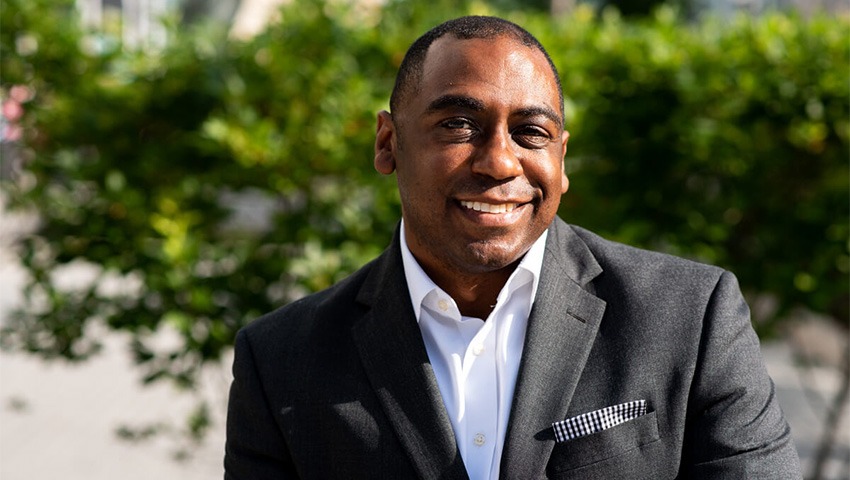- Marriott Chief Sales and Marketing Officer, U.S. and Canada
- MBA from University of Maryland, Robert H. Smith School of Business
Meeting professionals looking for assurance that when they bring a group to a hotel, a well-trained professional will be behind the desk and the room will be ready. That is why we sat down with Marriott International Chief Sales and Marketing Officer Julius Robinson to find out how the largest global hospitality company is recruiting and managing the culture of a returning workforce.
What is the state of staffing today?
The company is now 85% back to the 700,000 people it employed in 2019, not that far from the historic 10% open job rate the company usually operated with. It is getting easier to find applicants.
Read More: Mike Dominguez’s Vision for Hospitality Restaffing
The opportunity to craft more flexible schedules to accommodate parents still monitoring children and other commitments has helped. The company is offering more job shares that include some level of benefits. In the past, we were more rigid, but that is changing. We are opening ourselves up to flexibility across the company.
Another pilot program that is helping to increase service and staffing is the creation of evening and weekend sales positions. That has also helped with sales. The closing percentage quadrupled when we launched that option. Customers are not used to having someone on the other end of the line on a Saturday afternoon to answer questions. Meeting planners don’t work 9-5. They have more time to talk on weekends and off hours. That impresses people.
“In the past, we were more rigid, but that is changing.”
When planning windows are short and hotel space is so compressed that decisions have to be made in days rather than weeks, trained sales associates can help brainstorm second and third options in a city the planner might not have considered or at new or renovated properties that came online over the last three years. When budgets are tight, they can also help suggest ways to prioritize expenses based on solutions they have seen.
How are you attracting younger workers?
A renewed push to recruit millennials and Gen Z is in the works. The human resources team is back in colleges talking about the benefits of the hospitality industry and some new perks, such as money toward paying off student loans. The opportunity to travel is really resonating with young people.
Read More: It’s Gen Z’s Way or the Highway
Many who left the industry are returning. Rehires are up 10%. They may have tried something different during the pandemic, but missed the culture. A new program streamlines paperwork for those candidates to make the return easier.
Once they are back, they may find that they can be even more effective as the company has retooled operations to remove management layers. Now they can make more decisions on the spot.
They also may find it more rewarding. For many roles, pay was adjusted to attract applicants. The company’s contribution to profit sharing increased. New training helped employees identify their passion and try new roles within the organization.
How are you teaching the Marriott culture to new employees?
A significant number of training classes are online and many teams work remotely exclusively. The company is piloting a cohort strategy to create small groups of peers who go through the onboarding together to get up to speed quickly.
Hotels across the country have opened offices in hotels so remote employees can work there by appointment and meet others in the company in different roles.
At the same time, the company has invested in technology such as mobile key cards to help hotels deploy human staff more strategically in jobs that focus on customer service. That way we can hire where people can make a difference and technology can backfill that.
This article appears in the January 2023 issue. You can subscribe to the magazine here.




